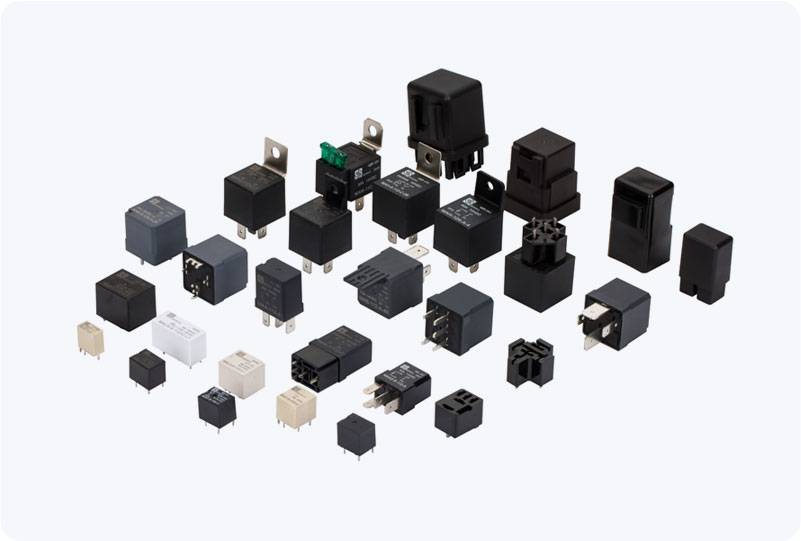understanding solid state relay: a reliable and efficient alternative to mechanical relays
Release time:2025-04-23 08:28:50
A Solid State Relay (SSR) is an electronic switching device that uses semiconductor components to perform the same function as a traditional mechanical relay, without the need for moving parts. Unlike mechanical relays, which use an electromagnet and mechanical contacts to open or close a circuit, SSRs rely on electronic components such as diodes, thyristors, and triacs to achieve the switching action. This innovation brings numerous advantages, particularly in terms of reliability, speed, and longevity, making SSRs highly valuable in a wide array of applications.

How Solid State Relays Work
The basic operation of an SSR involves a control input, typically a small voltage signal, that activates a semiconductor component to switch the output circuit. When the control input is applied, the electronic components inside the SSR switch on or off, depending on the design. Unlike mechanical relays, SSRs do not require physical movement or mechanical contacts to operate, which reduces wear and tear, resulting in longer service life and better performance over time.
The control side of an SSR often operates with a low voltage, while the output side can handle a significantly higher voltage and current, making SSRs particularly useful for controlling power in industrial and commercial settings. The switching action is fast, with response times in the millisecond range, enabling precise control of electrical systems.


